Take a look at our new HOT articles just published in Analytical Methods! These papers are all free to read for the next three weeks. Enjoy!
Development of a rapid detection method for seven pesticides in cucumber using hollow fibre liquid phase microextraction and ion mobility spectrometry
Jianfeng Wang, Zhongxia Zhang, Zhenxia Du and Wenjun Sun
Anal. Methods, 2013, 5, 6592-6597
DOI: 10.1039/C3AY40667A, Paper
Molecularly imprinted polymer-liquid chromatography/fluorescence for the selective clean-up of hydroxylated polycyclic aromatic hydrocarbons in soils
Oriol Baltrons, Montserrat López-Mesas, Cristina Palet, Franck Le Derf and Florence Portet-Koltalo
Anal. Methods, 2013, 5, 6297-6305
DOI: 10.1039/C3AY41227J, Paper
Analysis of cadmium-based pigments with time-resolved photoluminescence
Anna Cesaratto, Cosimo D’Andrea, Austin Nevin, Gianluca Valentini, Francesco Tassone, Roberto Alberti, Tommaso Frizzi and Daniela Comelli
Anal. Methods, 2014, Advance Article
DOI: 10.1039/C3AY41585F, Paper
Facile detection of latent fingerprints on various substrates based on perylene probe excimer emission
Fangyuan Wang, Jian Chen, Huipeng Zhou, Wenying Li, Qingfeng Zhang and Cong Yu
Anal. Methods, 2014, Advance Article
DOI: 10.1039/C3AY41802B, Communication
Investigation into dissolved neutral sugars and their microbial conversion in natural and artificially produced dissolved organic matter using ion chromatography with pulsed amperometric detection and reversed-phase liquid chromatography-high resolution mass spectrometry
Sara Sandron, Richard Wilson, Ruth Larragy, Margaret V. McCaul, Pavel N. Nesterenko, Brian Kelleher and Brett Paull
Anal. Methods, 2014, Advance Article
DOI: 10.1039/C3AY41549J, Paper
Simple density-based particle separation in a microfluidic chip
Daisuke Sugiyama, Yuki Teshima, Kenichi Yamanaka, Maria Portia Briones-Nagata, Masatoshi Maeki, Kenichi Yamashita, Masashi Takahashi and Masaya Miyazaki
Anal. Methods, 2014, Advance Article
DOI: 10.1039/C3AY40971F, Technical Note
Hydrophilic interaction/cation-exchange chromatography for glycopeptide enrichment by using a modified strong-cation exchange material
Linlin Chen, Xuefang Dong, Liwei Cao, Zhimou Guo, Long Yu, Lijuan Zou and Xinmiao Liang
Anal. Methods, 2013, 5, 6919-6924
DOI: 10.1039/C3AY41590B, Paper
A luminescence-based assay of UDP-sugar producing pyrophosphorylases
Daniel Decker, Stina Lindberg, Jonas Eriksson and Leszek A. Kleczkowski
Anal. Methods, 2014, Advance Article
DOI: 10.1039/C3AY41811A, Communication
A nuclear forensic method for determining the age of radioactive cobalt sources
Luc Charbonneau, Jean-Michel Benoit, Slobodan Jovanovic, Nadereh St-Amant, Stephen Kiser, Michael W. Cooke, Jean-François Mercier, Kathy Nielsen, David Kelly, Pavel Samuleev, Raphael Galea, Kimberly Moore, Patrick R. B. Saull, David B. Chamberlain, Jennifer L. Steeb, Donald G. Graczyk, Yifen Tsai, Vivian S. Sullivan, Ike C. Dimayuga, Youqing Shi, Raghu Rao and Dominic Larivière
Anal. Methods, 2014, Advance Article
DOI: 10.1039/C3AY41443D, Paper











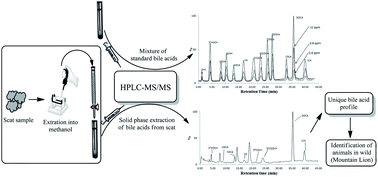
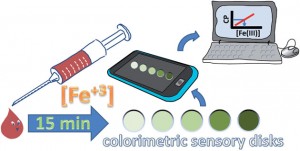
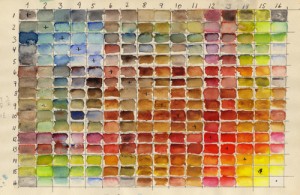
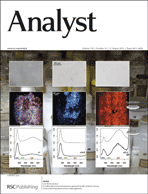
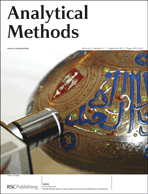
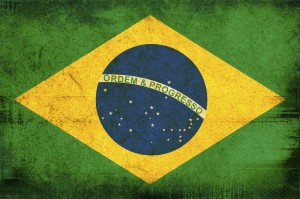
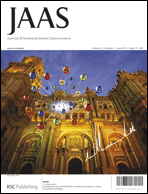 Frank Vanhaecke
Frank Vanhaecke
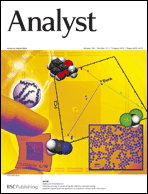 Reversible polymerization of novel monomers bearing furan and plant oil moieties: a double click exploitation of renewable resources
Reversible polymerization of novel monomers bearing furan and plant oil moieties: a double click exploitation of renewable resources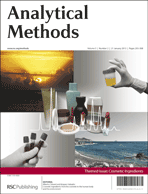
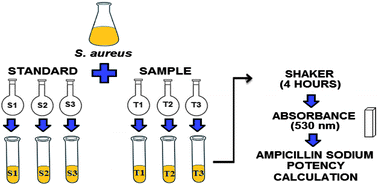
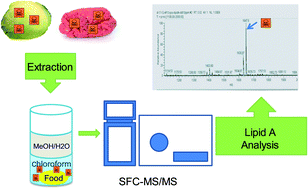
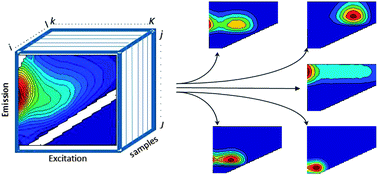
 We are pleased to announce that the Metallomics Poster Prize from the recent
We are pleased to announce that the Metallomics Poster Prize from the recent